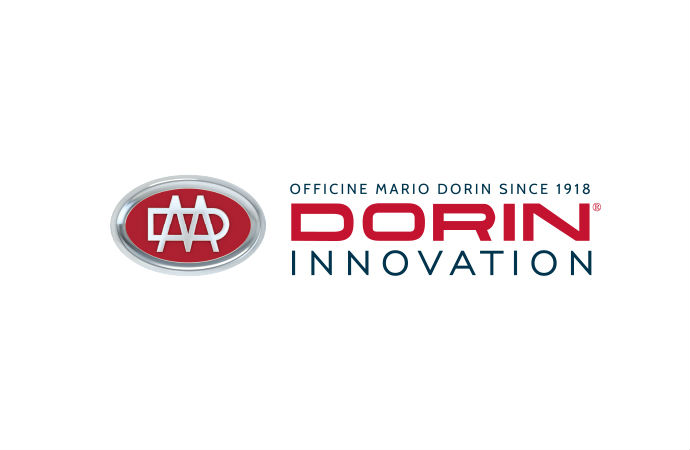Against the backdrop of the increased use of flammable refrigerants in the last decade, and in particular the wide use of hydrocarbons in small integral systems as well as some larger systems, the British Refrigeration Association has issued a “Guide to flammable refrigerants”.

Prepared by Cool Concerns Ltd at the request of the Council of the British Refrigeration Association (BRA), the Guide seeks to provide impartial information about the flammability issues associated with hydrocarbons and flammable HFC refrigerants to end users, specifiers, building owners, manufacturers and contractors. The publication, covering the use of flammable refrigerants in new, specially designed systems, is an introduction to flammable refrigerants and signposts where interested parties can obtain more detailed information.
Safety classification, maximum charge sizes and suitable applications
The publication discusses the basic properties of flammable refrigerants such as boiling points and lower flammability limits before going into maximum flammable gas charge sizes.
It provides tables summarising maximum charge sizes for A2 and A3 class refrigerants according to existing standard EN378 that occur under the most common scenarios. Besides existing refrigerant safety classifications, it briefly also discusses proposed safety classification A2L that is currently proposed in revisions of ISO 817 and EN 378.
“Traffic light” assessment of suitable systems/applications for hydrocarbons
The Guide includes a “traffic light” assessment of which systems are suitable with the use of flammable refrigerants and which are not, defining the following three levels of suitability:
For hydrocarbons, the “green”, “amber” and “red” light is assigned to the following applications:
Regulations, standards and codes of practice
The publication provides a good overview of applicable regulations, standards and codes of practice covering the use of flammable refrigerants, including those on the design of systems and components, those specifying the refrigerant charge, specifying how cylinders and charged systems should be transported, as well as those outlining the required competence for engineers. It also indicates signposts where more detailed information can be obtained.
About the British Refrigeration Association
The British Refrigeration Association (BRA) is a trade association representing manufacturers, importers, wholesalers, distributors, contractors, specifiers and end-users of refrigeration plant, equipment and components. It also includes producers of refrigerants and lubricants, colleges and training establishments. It works closely with government, public bodies and other organisations, both in the UK and overseas, to further the interests of the refrigeration industry.
Safety classification, maximum charge sizes and suitable applications
The publication discusses the basic properties of flammable refrigerants such as boiling points and lower flammability limits before going into maximum flammable gas charge sizes.
It provides tables summarising maximum charge sizes for A2 and A3 class refrigerants according to existing standard EN378 that occur under the most common scenarios. Besides existing refrigerant safety classifications, it briefly also discusses proposed safety classification A2L that is currently proposed in revisions of ISO 817 and EN 378.
“Traffic light” assessment of suitable systems/applications for hydrocarbons
The Guide includes a “traffic light” assessment of which systems are suitable with the use of flammable refrigerants and which are not, defining the following three levels of suitability:
- Green: these systems are suitable for the refrigerant type indicated, and the charge size is usually within the limits specified in EN378. Some design changes are required to electrical devices and / or ventilation.
- Amber: these systems can and are used with the refrigerant type indicated, but there are restrictions because of the maximum charge or practical limit specified in EN378. Some design changes are required to electrical devices and / or ventilation.
- Red: these systems should not be used with the refrigerant type indicated, usually because the charge size exceeds the maximum specified in EN378-1.
For hydrocarbons, the “green”, “amber” and “red” light is assigned to the following applications:
- Green: Integral systems, < 150 g charge; Integral supermarket display cabinets and serve over counters, 150 g to 1.5 kg charge, located on a supermarket shop floor
- Amber: Integral systems, 150 g to 1.5 kg charge, e.g. ice makers; Cold room or beer cellar cooled by a mono block system; Split AC systems; Portable AC systems; Water (and other fluid) chillers
- Red: Cold room or beer cellar cooled by a remote condensing unit; DX process cooling; VRV / VRF systems; Central plant systems
Regulations, standards and codes of practice
The publication provides a good overview of applicable regulations, standards and codes of practice covering the use of flammable refrigerants, including those on the design of systems and components, those specifying the refrigerant charge, specifying how cylinders and charged systems should be transported, as well as those outlining the required competence for engineers. It also indicates signposts where more detailed information can be obtained.
About the British Refrigeration Association
The British Refrigeration Association (BRA) is a trade association representing manufacturers, importers, wholesalers, distributors, contractors, specifiers and end-users of refrigeration plant, equipment and components. It also includes producers of refrigerants and lubricants, colleges and training establishments. It works closely with government, public bodies and other organisations, both in the UK and overseas, to further the interests of the refrigeration industry.
MORE INFORMATION
Related stories









